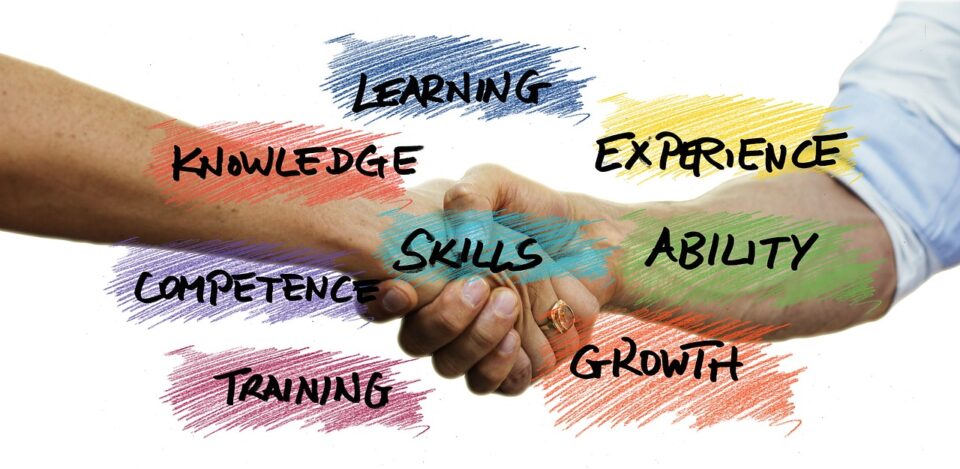An organization can only grow when its management team and employees do. For that to happen, business owners must invest in training and development. However, business owners don’t always know when it’s the right time to invest in training. Indeed, they may not even be able to pinpoint the type of training needed to enhance their prospects.
Whether you’re thinking about disaster recovery and cyber resilience training, software training, customer service training, or any other style, the following steps will help you identify your organization’s specific needs:
Step 1: Monitor Performance
Monitoring employee performance is one of the most effective ways to know whether further training is required in any area. While some employees might see it as a way to penalize them for doing something wrong, it can be pivotal for business owners to identify development opportunities.
When you’re made aware of weaknesses in your business related to processes, employees, or even technology, you can put steps in place to rectify them. Often, this involves dedicated training for employees to reach their full potential.
Step 2: Establish Role Expectations
You can’t expect employees to meet your requirements if you haven’t made those requirements clear. So set expectations for all job roles and identify whether employees are meeting or exceeding them.
You might consider training opportunities to utilize their skills for other projects if they continually go above and beyond. If they are underperforming, you can provide practical training to bring them up to speed.
Step 3: Ask Your Employees
Many organizations send out surveys to find out how satisfied workers are with their jobs. While you can learn plenty of helpful information from such surveys, talking directly to your employees can also be effective.
When you hold your regular performance reviews, take the opportunity to ask if there’s anything you could do better and what they think of your current training opportunities. Getting the information directly from your employees might help you take the first step toward identifying your team’s training needs and subsequently fulfilling them.
Step 4: Identify Knowledge and Skills Gaps
Companies continually change to meet the needs of their consumers, but those changes don’t necessarily align with employee skills and knowledge. When you know significant change is afoot, identify knowledge and skills gaps.
Think about the adjustments you’ll make and whether they will result in systemic changes, software upgrades, or refinement of processes. Write down the skills, abilities, and knowledge your team will need to adjust to these changes, and put training programs in place to help them hit the ground running so they can keep your business moving forward.
Step 5: Audit Your Current Training Methods
If you pride yourself on being a hands-on manager, you likely have an abundance of training programs you’ve used over the years for onboarding and in-business changes. Some of these programs will be relevant today, while others won’t be.
Before introducing any new training programs, audit what you currently have and clear out anything that’s no longer relevant. You can then see where your training gaps are and create an entirely new system that suits your current conditions better.
Identifying the training needs in your organization might seem like an impossible task with so many roles within one business. However, it can be much easier than you think. Talk to your employees and identify their strengths, weaknesses, and knowledge gaps, and you’ll be in a strong position to develop robust training programs that benefit your team and your organization as a whole.

